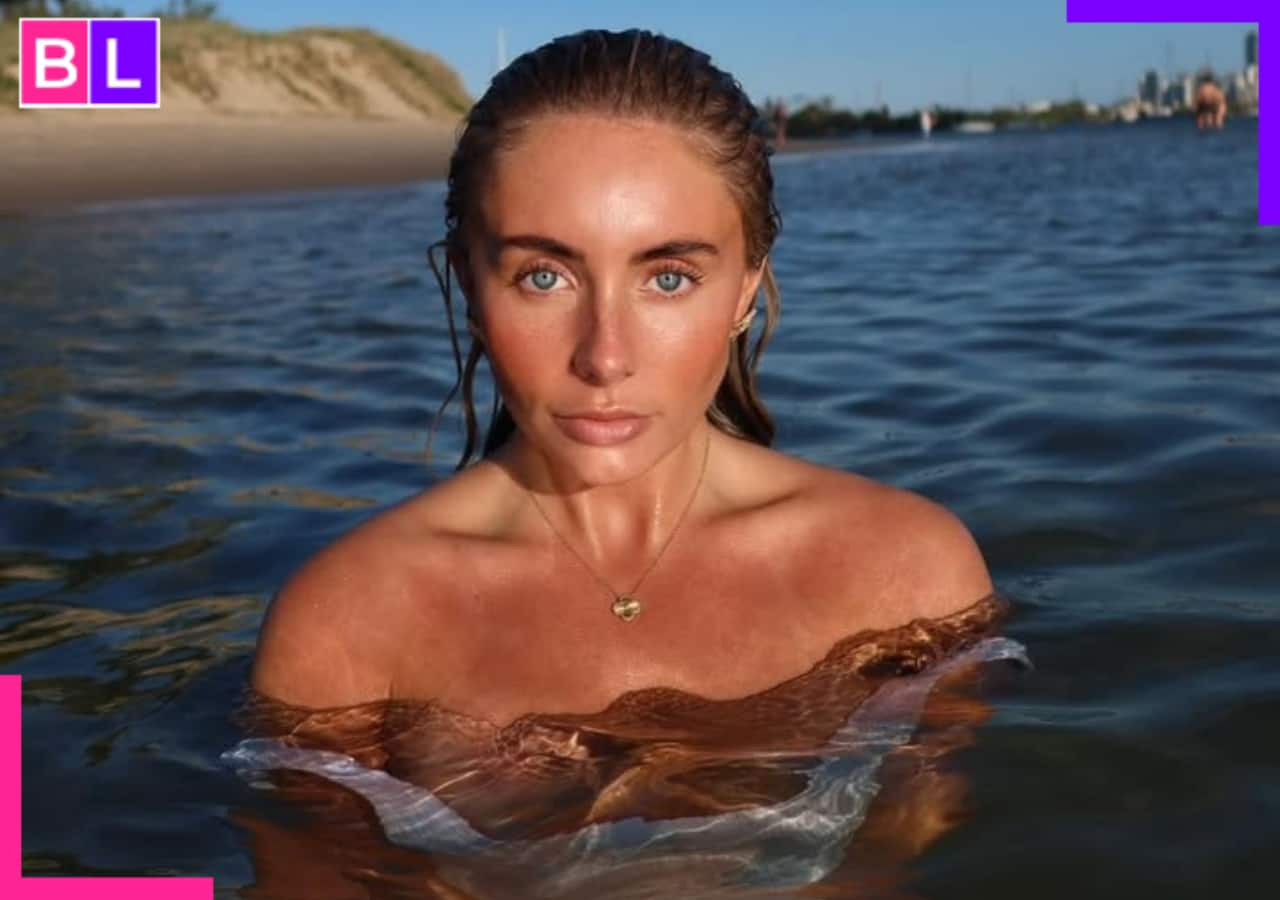It’s a sport traditionally associated with mud and manure, but now the equestrian world is finding itself in fashion’s spotlight.
Jodhpurs and riding boots are galloping up the style charts, even if some fans of the trend have never set foot inside a yard. Blame Rupert Campbell-Black and his Rutshire set, but the Rivals effect is in full swing.
The online retailer Asos reports “a strong appetite for equestrian dressing” among its customers. Its Stable Girl edit features everything from paddock-ready blazers to party dresses adorned with horse motifs. Searches for riding boots on the website are up 260% year on year.
Riding boots are also a bestseller at John Lewis, with sales up 74% week on week. Low-stacked heeled versions with pull-on tabs from Ralph Lauren and Sam Edelman are proving particularly popular, while the model Irina Shayk has been spotted stomping around New York in boots that are more Cotswolds village than city.
Elsewhere, Stella McCartney unveiled its Ryder bag this week with a campaign fronted by the Succession star Sarah Snook. The actor is pictured caressing the bag, inspired by the shape of the nape and back of a horse, next to her co-star, a gleaming black horse named Pumba.
Georgia Guerin, a horserider and the head of e-commerce at Horse and Hound magazine, describes the trend as flattering. “It’s nice to be seen as fashion icons, especially as much of the time horse riding and horse ownership is not nearly as glamorous as it looks.”
Within the horse world itself, the lines between on- and off-duty equestrian wear are also becoming more blurred. On TikTok, the hashtag HorseGirl has more than 1m posts. Videos of riders talking through their outfits for a day at a livery yard sit alongside ones of non-riders wearing similar looks for a day in the city.
after newsletter promotion
Guerin credits the emergence of equestrian-like athleisurewear in fuelling the trend. “Years ago, the primary focus was either practicality or tradition, depending on what sphere you were in,” she says. “Now, with the development of technical fabrics, it’s much easier to combine comfort and practicality with style. These options are designed to go from the yard to the supermarket without having to change.”
The equestrian trend is also being given a boost by celebrities. The model Bella Hadid has pivoted from catwalk to cowgirl – her partner is the rodeo star Adan Banuelos and Hadid now competes in cutting competitions, handling cattle on horseback.
Guerin says the equestrian world loved Snoop Dogg and Martha Stewart cosplaying as dressage riders at the Paris Olympics. “Anything that shines a positive light on our wonderful and unique sport is very welcome.”
For decades, luxury brands such as Hermès and Gucci have built their brands around equestrian iconography. But with the high street championing the look, it’s resonating with a much wider audience, some of whom have never come in contact with a horse.
Similar to summer’s tenniscore craze, where there was a rise in demand off court for pleated skirts, the equestrian trend is heavily coded.
“We have seen the quiet luxury trend nod to tennis, skiing and now horse riding” says Lauren Stevenson, a rider and the co-founder of the communications agency Aisle 8. “There has always been something intriguing about horse riding. Horse ownership and the polo worlds have often felt elitist and alluring.”
Dr Gaby Harris, a sociologist and lecturer in fashion cultures at Manchester Metropolitan University, says the fascination with hobbies traditionally linked to the wealthy is a “cultural recognition of class inequality”.
It’s similar to how après-ski wear is marketed to be worn miles from the slopes. However, rather than “class passing”, Will Atkinson, a professor of sociology at the University of Bristol, describes it as another example of the lifestyles of the wealthy being hailed as aspirational.
“Even if people wear clothes with those themes with a touch of irony or kitsch, they unwittingly reproduce that idea,” Atkinson says. “That’s pernicious because it obscures or even makes light of the huge economic inequalities underlying who can and can’t afford to do these things.”







